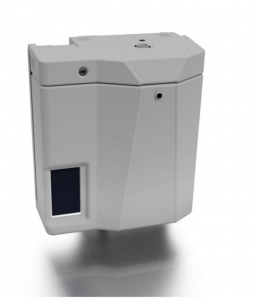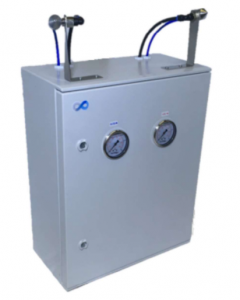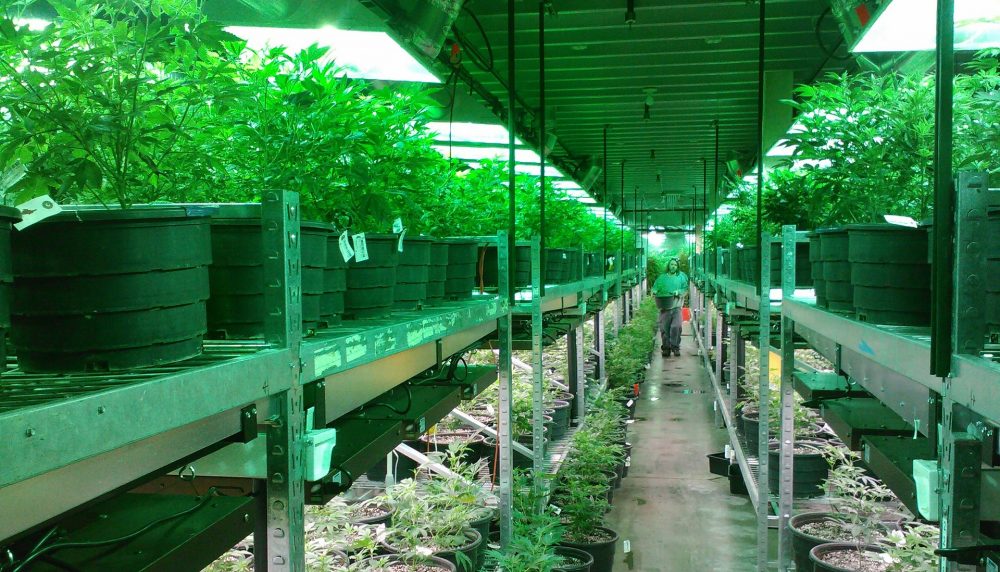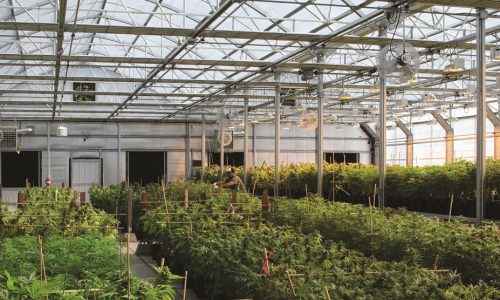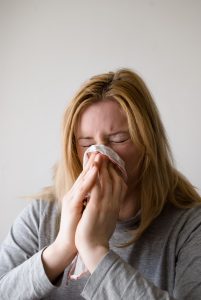Fighting COVID19 with humidification
Building humidification is critical for people’s health !
Maintaining relative humidity in offices, workplaces, schools or any other building reduces the potential risk of transmitting viral diseases.
Many scientific studies have confirmed that an indoor relative humidity between 40%-60% will help fighting against viruses spread on 2 fronts:
- Air with 40% to 60% RH will limit the spread and survival of any virus such as novel coronavirus SARS-CoV2.
- a humidified air above 40% RH will help protect mucosal barriers of human beings , resulting in an increase resistance against any microbial attack.
Here are three of what we think as the most pertinent scientific studies related to the subject:

“Maintaining a relative humidity between 40%-60% within the building environement may help to limit the spread and survival of SARS-CoV-2 within the built environment, while minimizing the risk of mold growth, and maintaining hydrated and intact mucosal barriers of human occupants.”
Read more
Abstract from “2019 Novel Coronavirus (COVID-19) Outbreak: A Review of the Current Literature and Built Environment (BE) Considerations to Reduce Transmission” by Leslie Dietz, Patrick F. Horve, David Coil, Mark Fretz, Kevin Van Den Wymelenberg, (2019)
“There are data to suggest that outdoor absolute humidity levels affect humidity levels inside and that simple humidifiers may be adequate to raise absolute humidity to levels associated with a significant reduction in influenza virus survival.”
Read more
Abstract from “Influenza and humidity: Why a bit more damp may be good for you!” by Jane A. Metz, Adam Finn, (Journal of Infection (2015) 71, S54-S58)
“The relationship between inactivation and RH was not monotonic, and there was greater survival or a greater protective effect at low RH (20%) and high RH (80%) than at moderate RH (50%).”
Read more
Abstract from “Effects of Air Temperature and Relative Humidity on Coronavirus Survival on Surfaces” by Lisa M. Casanova, Soyoung Jeon, William A. Rutala, David J. Weber, and Mark D. Sobsey, (2010)
SARS-CoV-2 is transmitted by aerosols

CDC (Centers for Disease Control and Prevention) and the WHO (World Health Organization) recognize that “pathogens that are primarily transmitted by close contact (i.e. contact and droplets) can sometimes also be transmitted by air in special circumstances”.
‘’The virus can spread from an infected person’s mouth or nose in small liquid particles when they cough, sneeze, speak, sing or breathe heavily. These liquid particles are different sizes, ranging from larger ‘respiratory droplets’ to smaller ‘aerosols’. ‘’
Inadequate ventilation or air treatment allows an accumulation of small respiratory droplets and airborne particles that can remain viable and infectious in aerosols for hours.
The smaller the virus particle is, the longer the spread will be and the humidified air will act directly to stop the spread. This is explained in a study by Makoto Tsubokura, team leader for computational fluid dynamics at Kobe University and the RIKEN Institute. When the droplets come out of your mouth, they mix with the air and disperse. But when the air is dry, the droplets evaporate faster. As they evaporate, what we call aerosolization progresses. So, the droplets that would have fallen on the floor disperse more if the air is dry.
Maintaining air humidity between 40% and 60% indoors would allow a better fight against coronaviruses by reducing aerosol contamination.
How humidified air is helping us?
Above 30% relative humidity, human body’s defenses are stronger.
Air that is too dry can be harmful to health due to dehydration.
Humidity is an essential condition for well-being :
Humidified air protects the human body and prevents dryness of the skin, eyes and lungs:
- The skin is our first body barrier that needs to be hydrated to prevent itching, cracking and bleeding.
- Tears protect our eyes from outside contaminants.
- A dry nose, dry throat or dry lungs can increase the risk of respiratory infections.
Human body contains at least 65% water, humidified air is essential to maintain hydration, increase our immune defense and prevent health issues.
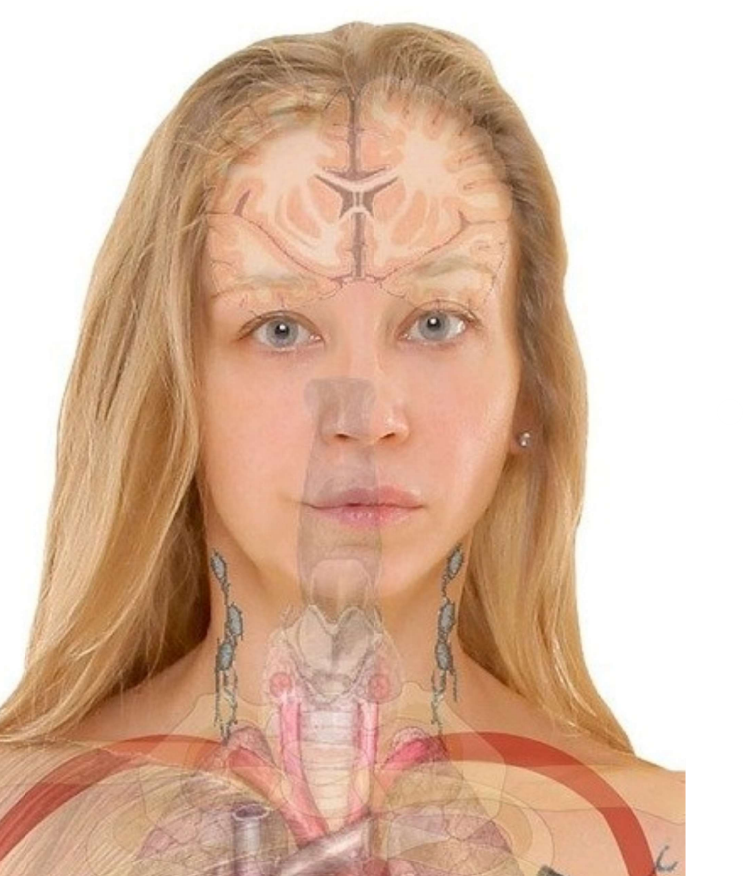
ASHRAE Epidemic Task Force
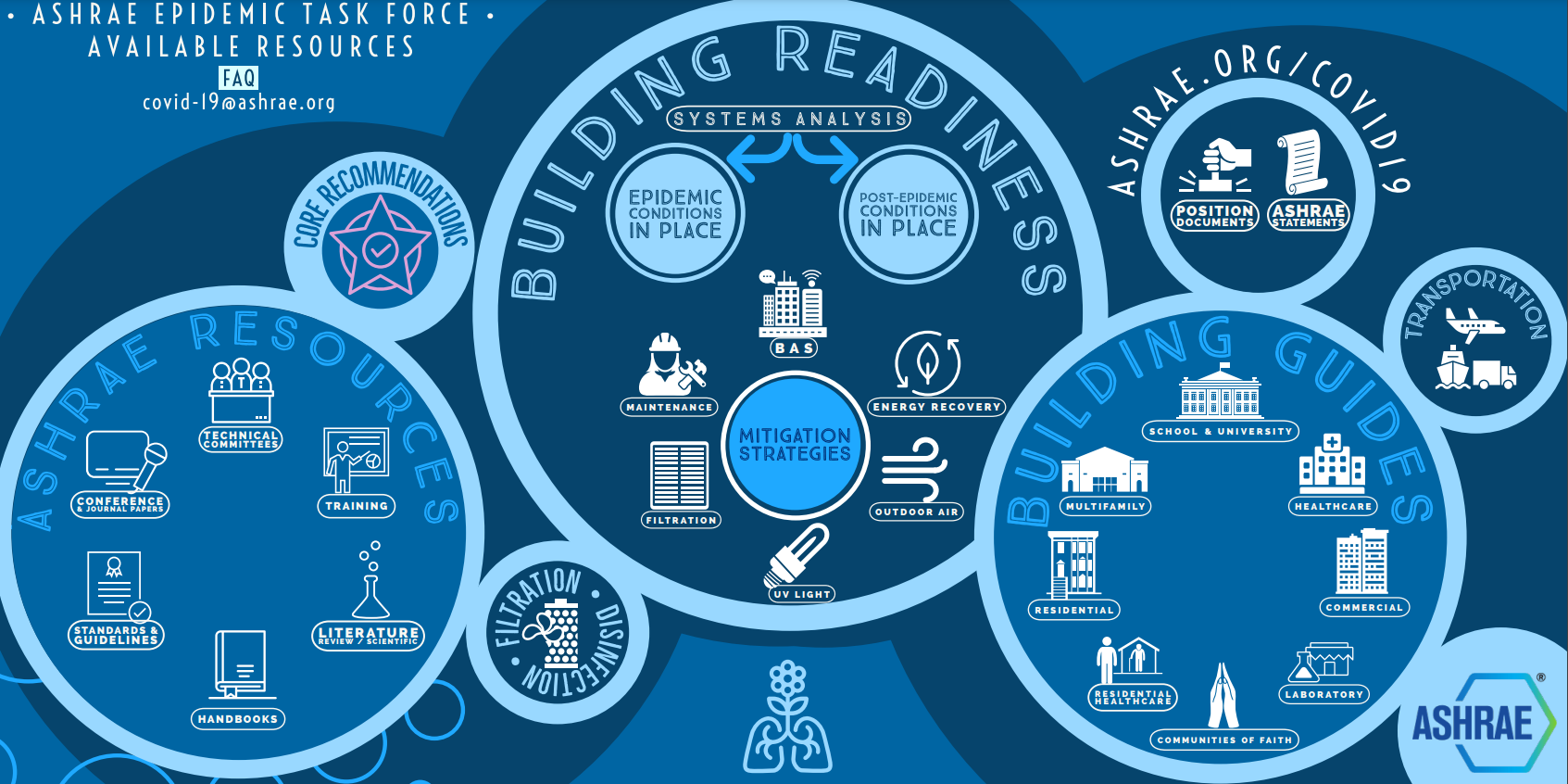
Dry air below 40% RH has been shown to:
-
- Reduce healthy immune system function (respiratory epithelium, skin, etc.)
- Increase transmission of some airborne viruses and droplets (COVID-19 still being studied)
- Increase survival rate of pathogens
- Decrease effectiveness of hand hygiene and surface cleaning because of surface recontamination or too-quick drying of disinfectants
Thanks to recent studies by ASHRAE, an international technical organization in the field of HVAC engineering, we have more information and new directions for HVAC systems to help mitigate SARS-CoV-2 transmission.
Isothermal or adiabatic humidification?
Air humidification is one of the essential Indoor Air Quality element to control in order to fight against SARS-CoV2 causing COVID19. are the humidification methods equal?
Is adiabatic humidification equal to isothermal humidification? Humidity is an essential condition for well-being :
Isothermal humidification produces hot steam from boiling water. Energy to evaporate the water is introduced by a water heating source once the water has turned to hot steam it will be naturally a quickly absorbed by surrounding dry air with no more energy exchange.
With isothermal humidification, steam at 212F [100C] injected into the air will kill any pathogenic particles (bacteria or viruses) present.
It is pure, sterile and there is no additional risk of contamination from water; since, if any it would have been killed by heat-up water to the boiling point.
Adiabatic humidification is adding water to the air by using energy from surrounding air, fine droplet of water will evaporate to the air or air will pass through wetted media. Since water evaporation is done by transfert of energy from surrounding air, the air is cooled as well as humidified.
Adiabatic humidification uses a source of cold water, which need to be free from contaminant before evaporation to the air. There are many strategies to reduce pathogenic particles from water itself, like filtration or purification such as Reverse osmosis filtration or deionization process, or with UV disinfection.
Unfortunately, decontaminated or disinfected water evaporated into the air will not be able to eliminate pathogenic particles from the air, it will only pick them up and transport them further.
In conclusion, isothermal humidification using steam humidifiers is a better solution to fight against SARS-CoV2 causing COVID19 disease since the hot steam injected in the air is pure and sterile (free for any germ). This steam will kill any virus particles that would be in direct contact with the steam.

